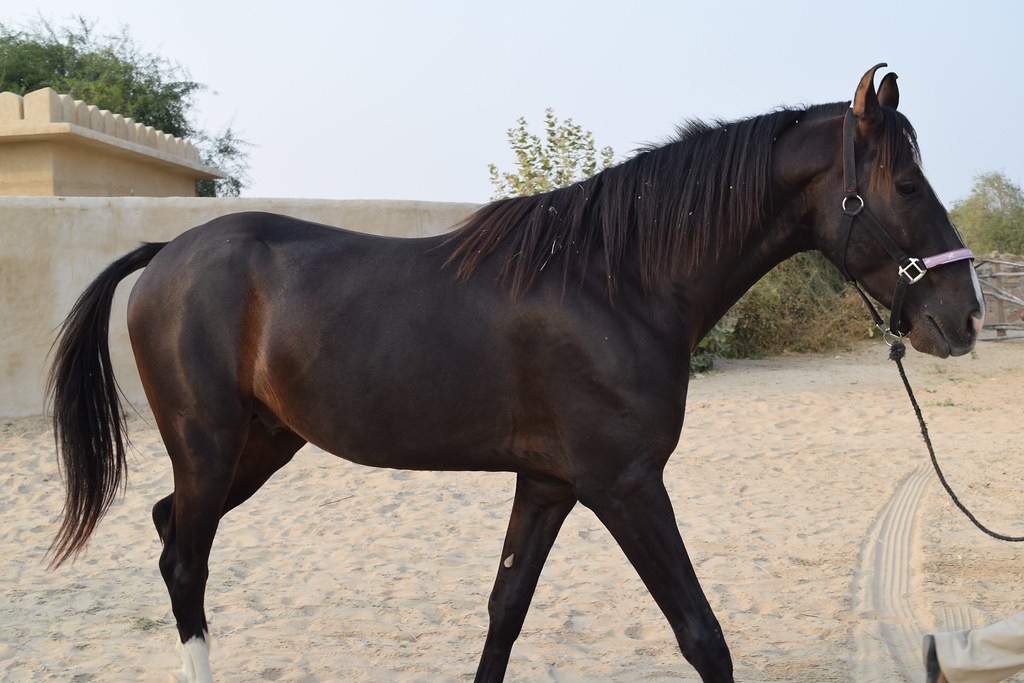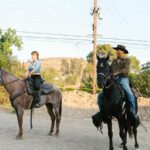When the elements rage and conditions become unbearable for most animals, certain horse breeds stand as remarkable testaments to biological adaptation and survival. Across the globe’s most extreme environments—from scorching deserts to freezing tundras, from oxygen-scarce mountains to waterless plains—specialized equine breeds have evolved remarkable traits that allow them to not just survive but thrive. These resilient horses have partnered with humans in some of Earth’s most challenging territories, becoming indispensable companions for cultures that navigate harsh landscapes. Their adaptations represent centuries of natural selection and careful breeding, resulting in animals that embody the perfect balance of strength, endurance, and environmental specialization.
Mongolian Horse: Masters of the Steppe

Perhaps no breed better exemplifies environmental resilience than the compact, sturdy Mongolian horse that has sustained nomadic societies across Central Asia for thousands of years. These horses survive temperature extremes that would kill most mammals, enduring winter temperatures that plummet to -40°F (-40°C) while thriving in summer heat that can reach 104°F (40°C). Their extraordinarily thick winter coat grows up to 5 inches long, providing insulation that allows them to live outdoors year-round without blankets or shelter, pawing through snow to find forage when necessary. Mongolian horses possess a remarkable metabolism that allows them to build fat reserves rapidly during abundant seasons, sustaining them through the harshest periods when food becomes scarce on the windswept steppes. Unlike many domesticated breeds, they maintain strong survival instincts, forming tight herd structures that help protect against predators and harsh weather conditions.
Arabian Horse: Desert Survivors
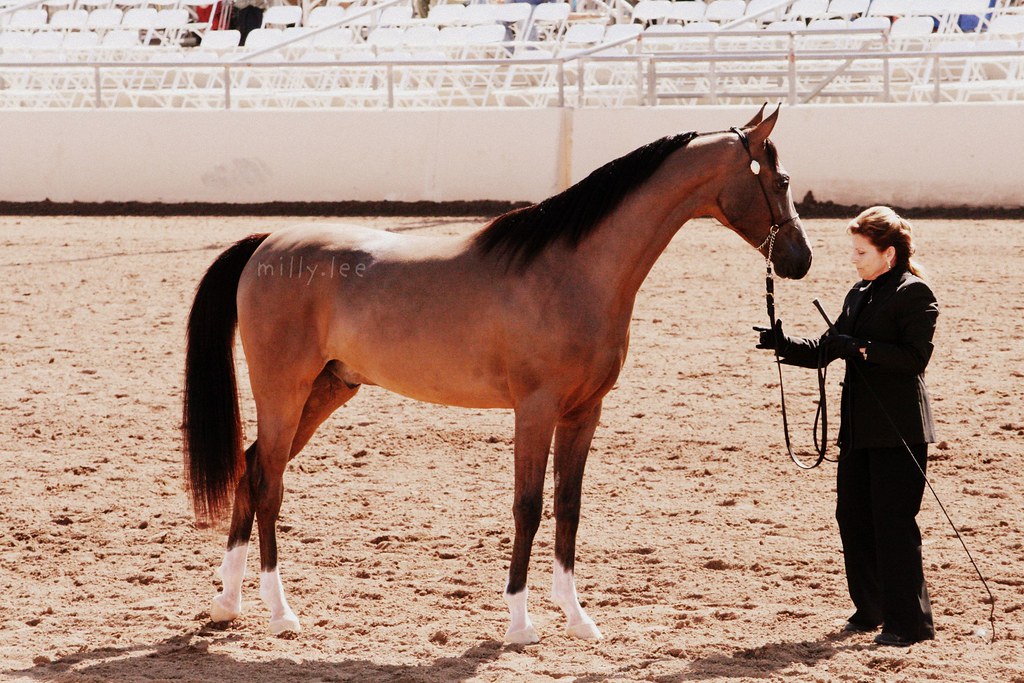
Developed in the arid Arabian Peninsula, the Arabian horse represents one of humanity’s oldest and most influential breeds, perfectly adapted to desert survival. Their distinctive physical characteristics—including large nostrils that maximize oxygen intake, dense bone structure that supports their frame while minimizing weight, and efficient skin that helps regulate temperature—all contribute to their legendary desert endurance. Arabians possess higher red blood cell counts than many other breeds, allowing for exceptional oxygen-carrying capacity that sustains them during extended journeys across inhospitable terrain. Their natural metabolic efficiency allows them to travel great distances on minimal water and food, converting available resources with remarkable effectiveness. Historical accounts describe Arabians traveling over 100 miles across desert terrain in a single day, an achievement that showcases their unparalleled combination of speed and stamina in challenging conditions.
Yakutian Horse: Survivors of Siberian Extremes
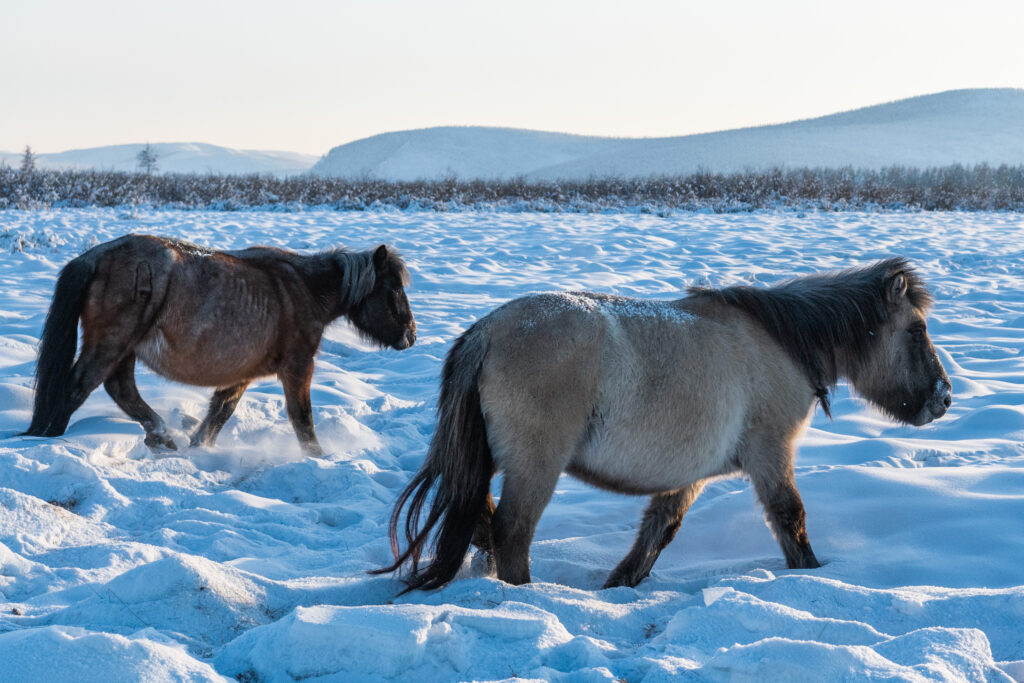
Thriving in northeastern Siberia where temperatures can plunge below -70°F (-57°C), the Yakutian horse has developed extraordinary cold-weather adaptations that make them among the most cold-resistant horses on the planet. Their compact, barrel-shaped bodies minimize surface area while maximizing internal heat retention, combined with unusually thick winter coats featuring dense, insulating hairs that can reach 10 centimeters in length. Yakutian horses possess a unique metabolic adaptation that allows them to efficiently convert poor-quality winter forage into sufficient body heat and nutrition even during the darkest months of the Siberian winter. Recent genetic studies have shown these horses carry specific genetic mutations related to hair density, fat metabolism, and temperature regulation not found in other breeds, providing scientific evidence for their remarkable cold-weather resilience. Perhaps most impressively, Yakutian horses can survive by foraging through snow up to 3 feet deep, using their hooves to access frozen vegetation when other animals would starve.
Marwari Horse: Heat-Adapted Warriors

Originating from the arid Marwar region of India, Marwari horses have developed exceptional adaptations to extreme heat, dust storms, and water scarcity. Their most distinctive physical feature—uniquely curved ears that can rotate 180 degrees and touch at the tips—serves a crucial survival function by providing heightened directional hearing to detect distant sounds in open desert terrain. Marwaris possess remarkably efficient cooling systems, including specialized sweat glands and blood vessel patterns that help them regulate body temperature even when galloping in temperatures exceeding 100°F (38°C). Their digestive systems have adapted to extract maximum nutrition from sparse desert vegetation, allowing them to maintain strength and stamina despite limited forage opportunities. Historically valued as war horses, Marwaris combine desert adaptation with exceptional courage, loyalty, and intelligence—traits that made them indispensable to their riders in the harsh Rajasthani environment.
Icelandic Horse: Volcanic Landscape SpecialistS

Despite their pony-like size, Icelandic horses possess remarkable strength and endurance that allows them to navigate their homeland’s challenging volcanic terrain, from razor-sharp lava fields to deep snow and rushing glacial rivers. These horses have developed an extraordinary five-gait natural ability (compared to the three gaits of most horses), including the unique tölt—a smooth, four-beat gait that allows them to traverse rough terrain with minimal rider fatigue and impressive surefootedness. Their specialized double coat provides exceptional insulation, featuring a dense, waterproof outer layer and a downy, heat-retaining undercoat that allows them to remain outdoors through brutal North Atlantic winters. Isolated on their island for over 1,000 years without outside genetic influence, Icelandic horses possess unusual disease resistance and general hardiness that make them one of the world’s healthiest and longest-lived equine breeds. Their efficient metabolism allows them to maintain condition on sparse Icelandic vegetation, converting the island’s limited nutritional resources with remarkable efficiency.
Przewalski’s Horse: The Ultimate Wild Survivor

As the world’s only truly wild horse species that was never domesticated, Przewalski’s horse represents the pinnacle of natural equine adaptation to harsh conditions. These horses survive in the extreme climate of Mongolia’s Gobi Desert and surrounding steppes, where temperatures fluctuate from -40°F in winter to 104°F in summer, demonstrating remarkable thermal adaptation range. Their special coat changes dramatically with the seasons—growing to nearly 4 inches thick in winter with a dense insulating undercoat, then shedding to a much thinner summer coat that allows efficient heat dissipation. Przewalski’s horses possess specialized digestive systems that can process extremely low-quality forage, including desert shrubs too tough or bitter for most equids to consume. Their exceptional spatial memory allows them to locate scattered water sources across vast territories, sometimes traveling over 30 miles between grazing areas and drinking spots during drought conditions.
Mustang: Adaptable Feral Survivors
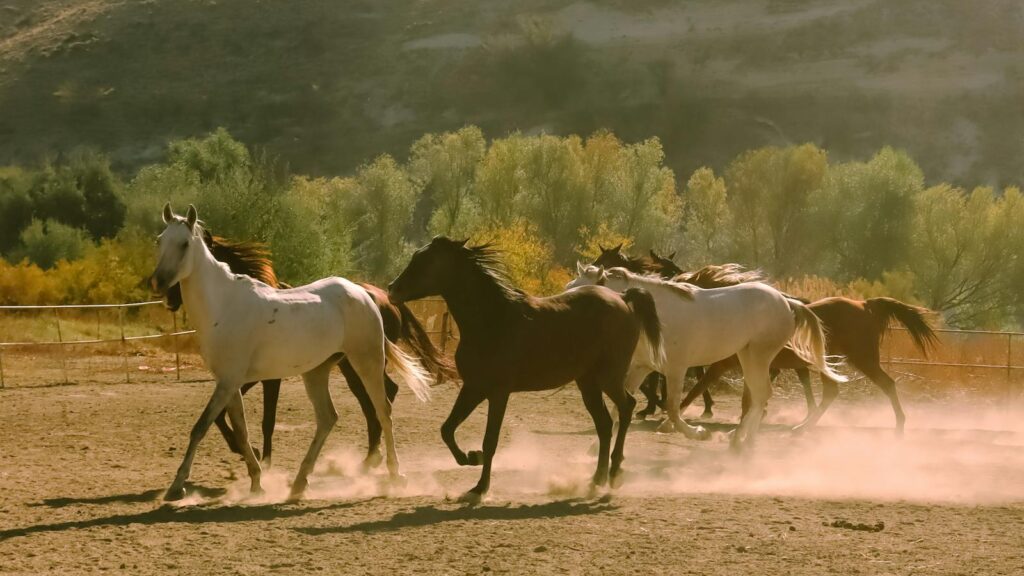
While technically feral rather than wild, American Mustangs have undergone intense natural selection over centuries to become exceptionally well-adapted to diverse harsh environments across the American West. From high mountain meadows to scorching deserts, these horses have developed region-specific adaptations to survive without human care, often in conditions of extreme temperature variation and scarce resources. Their hooves develop remarkable hardness and structural integrity when living on rough terrain, often eliminating the need for horseshoes that domesticated horses require. Mustangs demonstrate exceptional water efficiency, some desert-adapted bands requiring access to water only every few days during certain seasons, a critical survival advantage in arid environments. Their highly developed social structures and vigilance behaviors provide protection against predators and environmental threats, with band stallions and mares working cooperatively to ensure the survival of the herd.
Basuto Pony: Mountain Kingdom Specialists
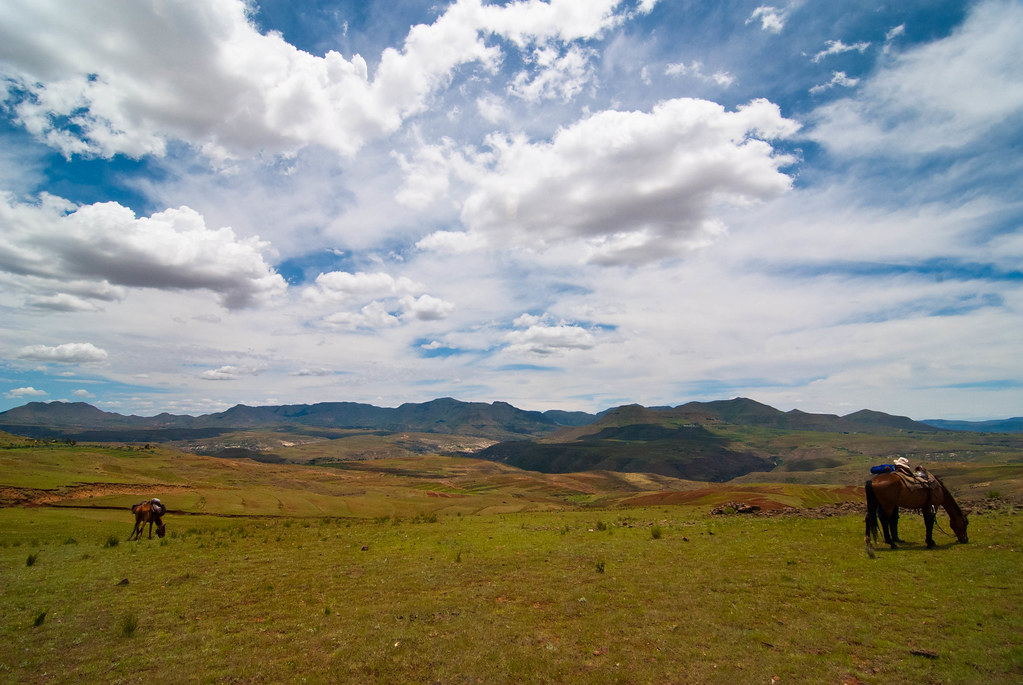
Developed in the mountainous kingdom of Lesotho in southern Africa, Basuto ponies have earned their reputation as the “mountain tractors” for their incredible ability to navigate extreme highland terrain while carrying substantial loads. These sure-footed equines routinely traverse narrow mountain paths at elevations exceeding 10,000 feet, maintaining balance and confidence on slopes that would terrify most horses. Their compact bodies and powerful hindquarters provide exceptional pushing power for climbing, while their low center of gravity offers stability when descending treacherous mountain trails. Basutos have developed specialized cardiopulmonary adaptations allowing efficient oxygen use at high altitudes where the air contains significantly less oxygen than at sea level. Their hard hooves resist damage from constant travel over rocky terrain, while their efficient metabolism allows them to maintain condition on the sparse mountain vegetation available in their native habitat.
Shetland Pony: North Sea Climate Conquerors
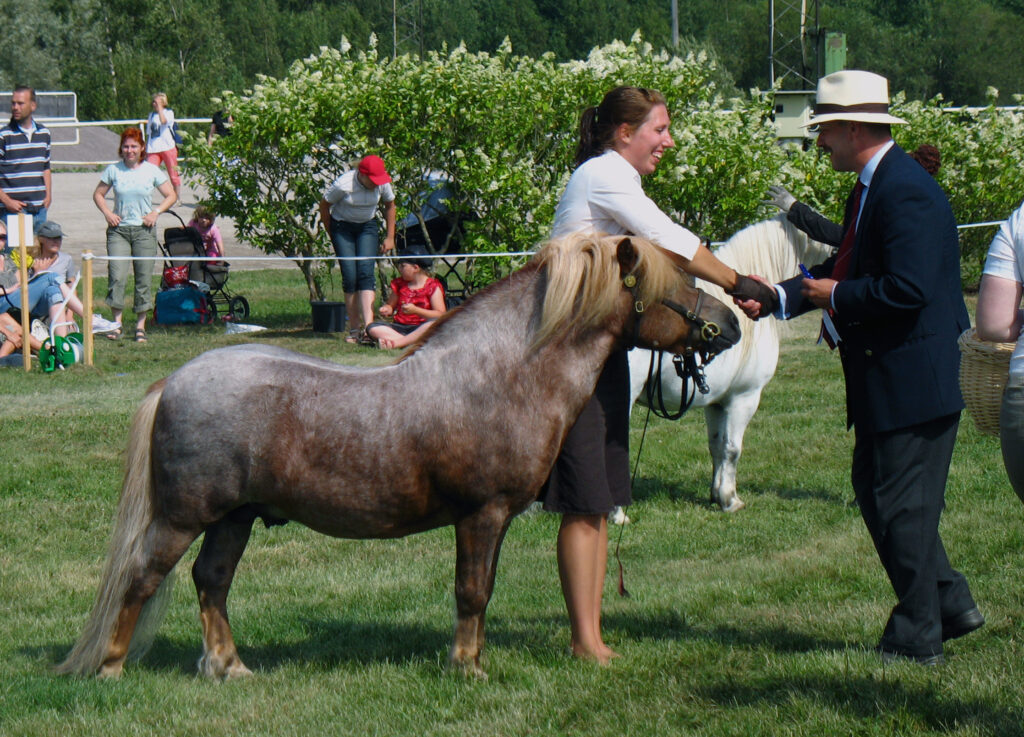
Native to the harsh Shetland Islands off Scotland’s northern coast, these diminutive equines have developed exceptional adaptations to survive in one of Europe’s most challenging maritime climates. Their distinctively thick, double-layered coats provide crucial protection against the islands’ relentless cold rain, fierce winds, and salt spray, with coarse guard hairs that channel water away from the insulating undercoat. Shetlands possess an extraordinary strength-to-size ratio, with many individuals capable of carrying adults or pulling loads exceeding their own body weight—an adaptation that maximizes resource efficiency in their nutrient-poor native environment. Their metabolic efficiency allows them to extract sufficient nutrition from the islands’ limited vegetation, maintaining health on forage that would be inadequate for most equines. Despite their small size, Shetlands demonstrate remarkable hardiness against diseases and parasites, with natural resistance developed through centuries of natural selection in their isolated island environment.
Namib Desert Horse: Waterless Wonder

Perhaps the most remarkable environmental adaptation story belongs to the Namib Desert Horse, a feral population that has survived for over a century in one of Earth’s most inhospitable environments. These horses have developed exceptional water efficiency, sometimes going up to 72 hours without drinking during the coolest season, an adaptation that allows them to range widely between the desert’s sparse water sources. Their behavioral adaptations include primarily grazing during cooler nighttime hours and seeking shade during intense daytime heat, minimizing water loss and energy expenditure during the hottest periods. Research has shown these horses possess specialized kidney function that maximizes water conservation, allowing them to produce highly concentrated urine that preserves precious body fluids. Their digestive systems have adapted to extract maximum moisture and nutrition from desert plants that other horses would find unpalatable or insufficient.
Criollo Horse: Adaptable South American Survivor

Descended from Spanish horses brought to the Americas in the 16th century, the Criollo has developed into an exceptionally hardy breed that thrives across South America’s most challenging environments, from the high Andes to the windswept Patagonian plains. These horses gained international recognition for their extraordinary stamina during the 1925 “Great Criollo Ride,” when two Argentinian riders traveled from Buenos Aires to New York on Criollo horses, covering 10,000 miles in just over two years across incredibly diverse and challenging terrain. Criollos possess remarkable cardiac efficiency, with larger-than-average hearts and efficient oxygen utilization that allows them to maintain consistent energy levels during multi-day journeys. Their extraordinary digestive adaptability enables them to shift between radically different food sources as environmental conditions change, from lush valley grasses to sparse alpine vegetation. Traditional gaucho culture relies on the Criollo’s exceptional weather tolerance, as these horses routinely work in conditions ranging from freezing Andean storms to sweltering subtropical heat without showing signs of distress.
Physiological Adaptations Across Resilient Breeds
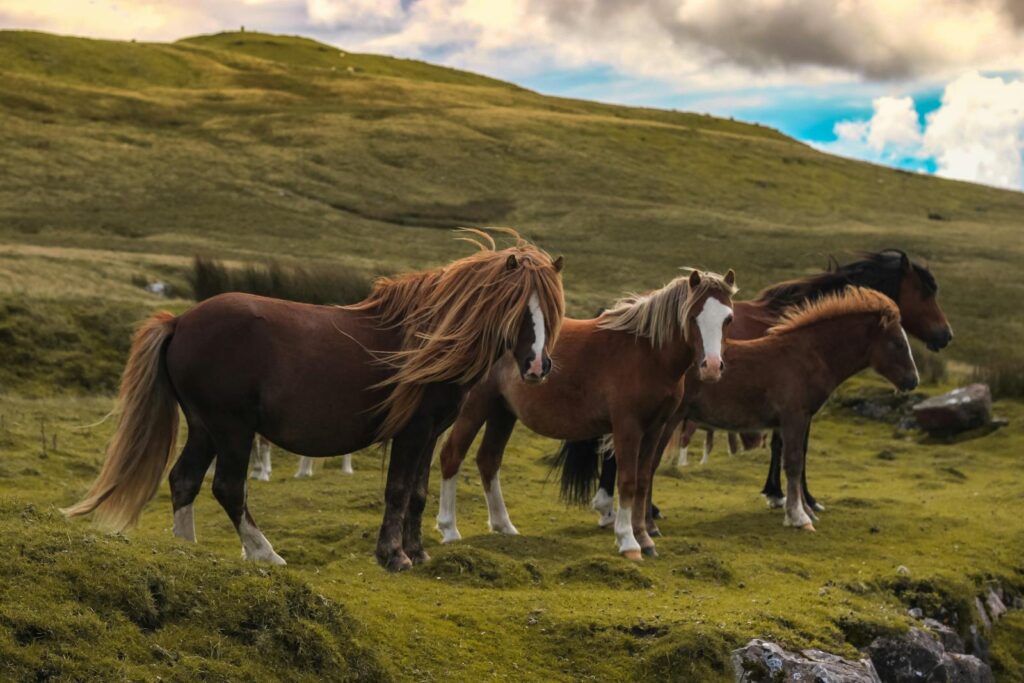
Despite their diverse origins and appearances, the world’s most environmentally resilient horse breeds share several key physiological adaptations that enable their survival in extreme conditions. Most notably, these breeds demonstrate exceptional thermoregulation capabilities, with specialized blood vessel arrangements that can either conserve body heat in cold environments or dissipate it rapidly in hot conditions. Their digestive systems typically show enhanced efficiency in extracting nutrients from poor-quality forage, with specialized gut microbiomes that break down cellulose more effectively than those of less hardy breeds. Many resilient breeds possess greater hoof wall thickness and structural integrity, reducing injury risk when traversing rough terrain without human intervention. Perhaps most importantly, these horses typically maintain strong natural reproductive fitness even under environmental stress, with mares successfully conceiving, carrying, and raising foals with minimal human assistance—the ultimate test of true environmental adaptation.
Conservation Challenges and Future Prospects
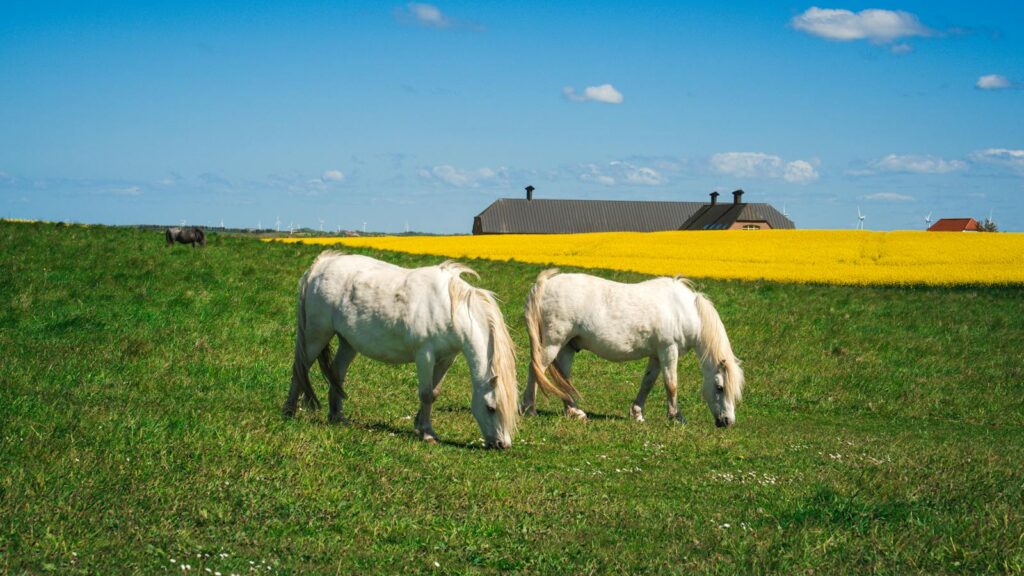
Despite their extraordinary adaptive capabilities, many of the world’s most environmentally resilient horse breeds face significant conservation challenges in the modern era. Mechanization has reduced their practical utility in many traditional contexts, while agricultural development has fragmented or eliminated many of the marginal environments where these breeds evolved. Climate change poses a particularly complex threat, as it may alter environmental conditions more rapidly than natural selection can produce appropriate adaptive responses, even among these highly resilient populations. Several breeds, including Przewalski’s horse and the Yakutian horse, have experienced severe population bottlenecks that have reduced genetic diversity, potentially compromising their adaptive flexibility for future environmental challenges. Conservation efforts increasingly focus on preserving not just the breeds themselves but also their adaptation-rich gene pools, which contain invaluable genetic resources that could benefit broader equine health and resilience in an uncertain climatic future.
Conclusion
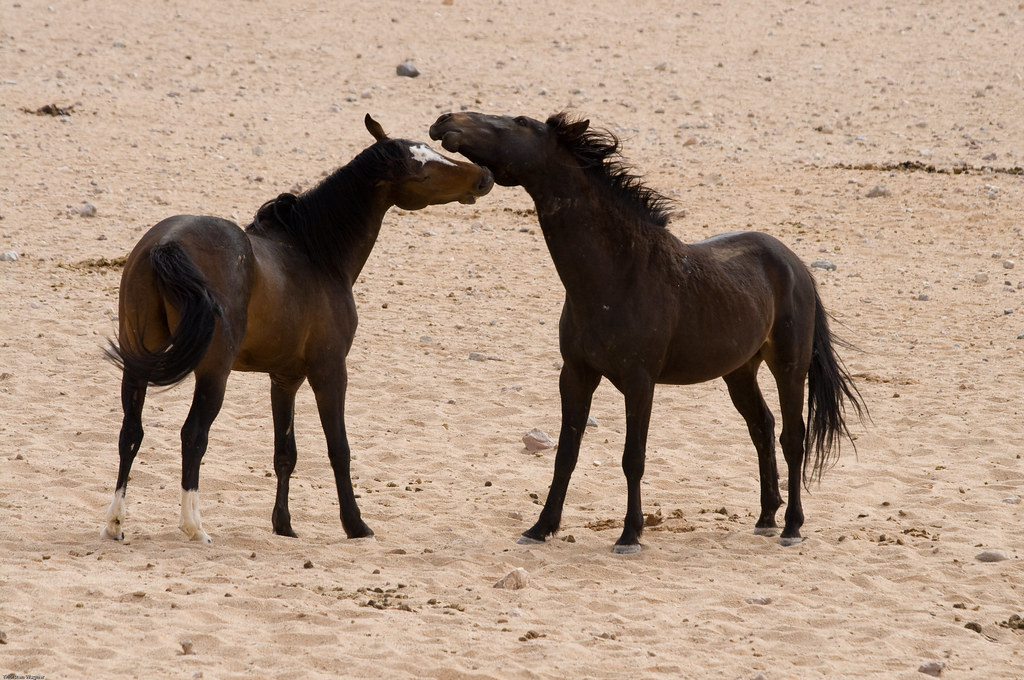
The world’s most environmentally resilient horse breeds represent living testaments to the extraordinary adaptive capacity of equines. From the frozen Siberian plains to scorching deserts, these remarkable animals have developed specialized traits that allow them to partner with humans in Earth’s most challenging environments. Their adaptations—whether the cold-defying metabolism of the Yakutian horse, the water efficiency of the Namib Desert horse, or the altitude performance of the Basuto pony—demonstrate the incredible diversity of survival strategies within a single species. As climate change creates new environmental challenges, these hardy breeds may hold genetic keys to developing more resilient domestic horses for the future. By understanding and preserving these extraordinary adaptations, we honor not just the horses themselves but also their centuries-long partnership with human communities in Earth’s most demanding landscapes.

